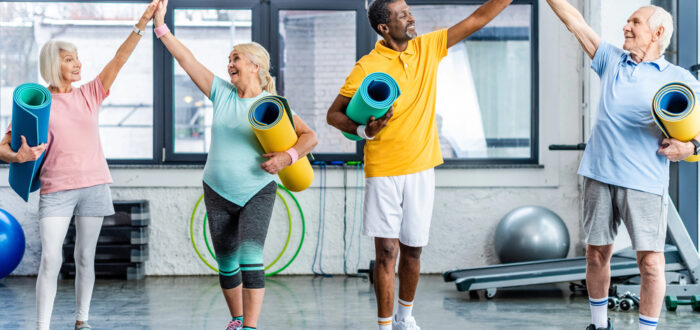We often hear about the benefits of exercise for our heart, weight, and mental well-being, but did you know that staying active can also play a crucial role in maintaining healthy hearing? That’s right—simple daily activities and regular exercise can significantly impact your auditory health, helping keep your ears sharp and attentive.
Exercise Benefits for Hearing Health
Regular exercise not only enhances physical fitness but also contributes to overall well-being, including hearing health. Engaging in physical activity improves blood circulation, which supports the health of the auditory system, leading to better hearing outcomes and potentially reducing the risk of hearing loss over time.
Why Movement Matters
Engaging in regular physical activity does wonders for your entire body, including your ears. Exercise improves blood circulation, which is crucial for the tiny hair cells in the inner ear that are responsible for transmitting sound to the brain. These cells thrive on good blood flow, receiving the oxygen and nutrients they need to function optimally.
Additionally, exercise helps manage stress levels, which is beneficial since high stress is linked to tinnitus and other hearing issues.
The Science Simplified
When you exercise, your heart pumps more blood, and this increased circulation includes the areas around your ears and brain. Better blood flow means these critical regions receive more of the essential elements they need to maintain and improve hearing. Moreover, as exercise can help prevent or control diabetes and hypertension—conditions associated with hearing loss—it offers indirect protection for your auditory system.
Practical Tips for Exercise
According to the Centers for Disease Control and Prevention, adults should aim for 150 minutes of moderate activity or 75 minutes of vigorous activity each week. Incorporating exercise into your routine doesn’t have to be daunting. Here are some simple ways to ensure your ears benefit from your physical activity. But remember, if you are new to exercise, check with your doctor first.
- Choose Enjoyable Activities: Whether it’s brisk walking, cycling, swimming, or dancing, pick something you love doing. You’re more likely to stick with it if you enjoy it.
- Set Realistic Goals: Start with manageable goals, like a 15-minute walk daily, and gradually increase the intensity and duration as you become more comfortable.
- Make It a Habit: Try to exercise at the same time each day to establish a routine. Consistency is key to reaping long-term benefits.
- Safe Listening: If you prefer exercising to music, ensure the volume is at a safe level to prevent noise-induced hearing loss. Consider bone conduction headphones as a safer alternative.
Staying physically active is a holistic approach to maintaining your overall health, and its benefits extend to your hearing too. By improving blood circulation and reducing stress, exercise helps keep your auditory system in top shape. Remember, it’s not about the intensity of the workout, but the consistency and enjoyment. So, lace up your sneakers, find an activity you love, and take a step towards better hearing health today.
Contact Us Today!
Your hearing health is important to us. If you are having trouble with your hearing, contact the Audiology Professionals team by calling (541) 228-9233. Alternatively, click here to contact us online.

